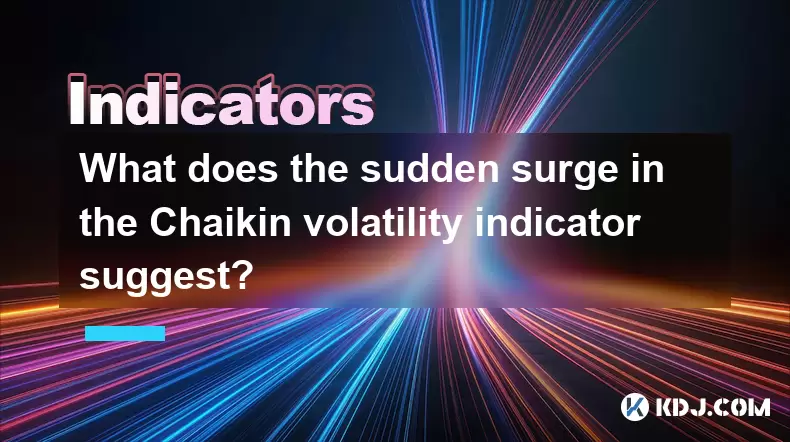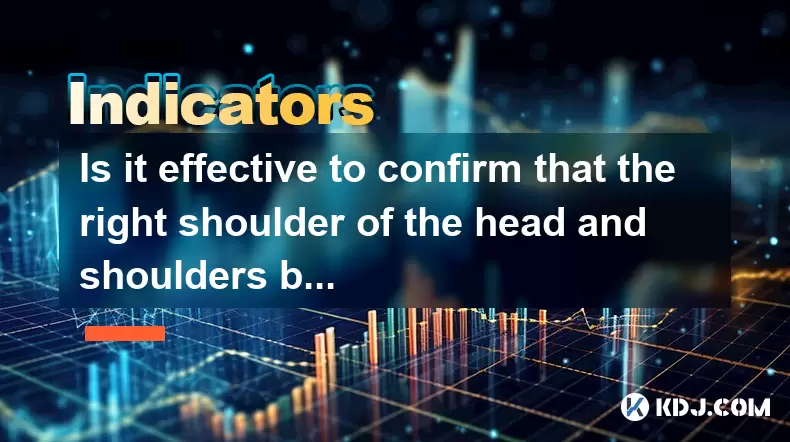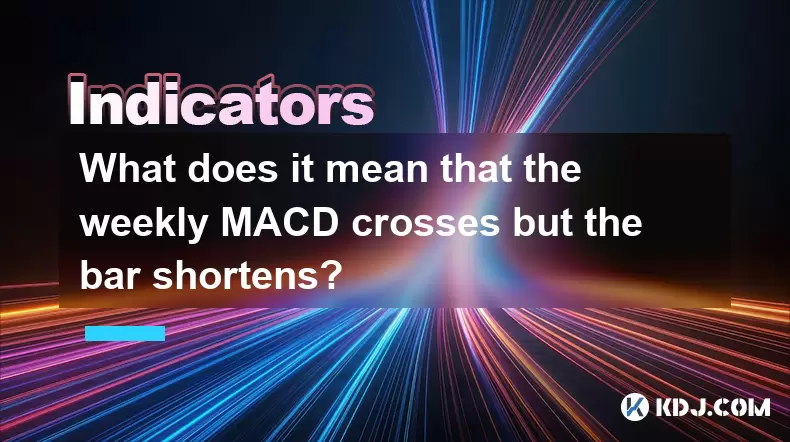-
 Bitcoin
Bitcoin $106,754.6083
1.33% -
 Ethereum
Ethereum $2,625.8249
3.80% -
 Tether USDt
Tether USDt $1.0001
-0.03% -
 XRP
XRP $2.1891
1.67% -
 BNB
BNB $654.5220
0.66% -
 Solana
Solana $156.9428
7.28% -
 USDC
USDC $0.9998
0.00% -
 Dogecoin
Dogecoin $0.1780
1.14% -
 TRON
TRON $0.2706
-0.16% -
 Cardano
Cardano $0.6470
2.77% -
 Hyperliquid
Hyperliquid $44.6467
10.24% -
 Sui
Sui $3.1128
3.86% -
 Bitcoin Cash
Bitcoin Cash $455.7646
3.00% -
 Chainlink
Chainlink $13.6858
4.08% -
 UNUS SED LEO
UNUS SED LEO $9.2682
0.21% -
 Avalanche
Avalanche $19.7433
3.79% -
 Stellar
Stellar $0.2616
1.64% -
 Toncoin
Toncoin $3.0222
2.19% -
 Shiba Inu
Shiba Inu $0.0...01220
1.49% -
 Hedera
Hedera $0.1580
2.75% -
 Litecoin
Litecoin $87.4964
2.29% -
 Polkadot
Polkadot $3.8958
3.05% -
 Ethena USDe
Ethena USDe $1.0000
-0.04% -
 Monero
Monero $317.2263
0.26% -
 Bitget Token
Bitget Token $4.5985
1.68% -
 Dai
Dai $0.9999
0.00% -
 Pepe
Pepe $0.0...01140
2.44% -
 Uniswap
Uniswap $7.6065
5.29% -
 Pi
Pi $0.6042
-2.00% -
 Aave
Aave $289.6343
6.02%
What does the sudden surge in the Chaikin volatility indicator suggest?
A sudden surge in the Chaikin Volatility Indicator signals heightened price fluctuations, often indicating a breakout or reversal in crypto markets.
Jun 17, 2025 at 06:49 am

Understanding the Chaikin Volatility Indicator
The Chaikin Volatility Indicator is a technical analysis tool developed by Marc Chaikin to measure the volatility of an asset over a specified period. It calculates the difference between high and low prices, smoothed using an exponential moving average (EMA). A sudden surge in this indicator often signals a sharp increase in price fluctuations. For traders in the cryptocurrency market, where volatility is common, interpreting these surges becomes crucial.
In essence, the indicator does not provide directional bias but highlights the intensity of price movement. When the Chaikin Volatility line rises sharply, it suggests that the price range between highs and lows has widened significantly. This could indicate either a breakout or a potential reversal depending on the broader market context.
What Causes a Sudden Surge?
A spike in the Chaikin Volatility Indicator can occur due to several reasons:
- Market Sentiment Shifts: In the crypto space, news events, regulatory updates, or macroeconomic developments can trigger rapid shifts in trader sentiment.
- Volume Spikes: A surge in trading volume often accompanies increased volatility. High volume with expanding price ranges amplifies the indicator’s value.
- Breakout Patterns: When an asset breaks out of a consolidation phase, especially after prolonged sideways movement, volatility naturally increases.
- Whale Movements: Large holders (commonly known as whales) moving substantial amounts of crypto can cause abrupt price swings.
For instance, if Bitcoin enters a tight trading range for days and then suddenly surges past key resistance levels amid heavy volume, the Chaikin Volatility Indicator will reflect this shift dramatically.
How to Interpret a Sudden Increase in Volatility
Interpreting a rise in the Chaikin Volatility Indicator requires careful study of accompanying indicators and chart patterns. Here's how traders can approach this:
- Check for Breakouts: If the surge coincides with a breakout from a well-defined support or resistance zone, it may signal the beginning of a new trend.
- Analyze Volume: A significant increase in volume alongside rising volatility strengthens the likelihood of a sustainable move.
- Monitor Momentum Indicators: Tools like RSI or MACD can help determine whether the surge is part of a healthy trend or a potential reversal.
- Evaluate Timeframe Context: Short-term spikes might be noise, while sustained increases across multiple timeframes suggest meaningful market action.
For example, during Ethereum’s recent rally, the Chaikin Volatility Indicator spiked alongside increasing volume and a bullish MACD crossover, reinforcing the strength of the upward move.
Using the Chaikin Volatility Indicator in Trading Decisions
Traders can use this indicator to refine entry and exit strategies, especially in volatile markets like cryptocurrencies. Here are some actionable steps:
- Identify Potential Entry Points: A sudden rise in volatility after a period of consolidation may indicate a strong move is imminent. Traders can position themselves accordingly once directionality is confirmed.
- Set Dynamic Stop Losses: As volatility increases, fixed stop losses may become less effective. Using the Average True Range (ATR) or volatility bands helps adjust stops dynamically.
- Avoid Overtrading During Spikes: High volatility can lead to whipsaws. Waiting for confirmation through candlestick patterns or volume surges can reduce false signals.
- Combine With Other Tools: The Chaikin Volatility Indicator should not be used in isolation. Combining it with trendlines, moving averages, or Fibonacci retracements enhances accuracy.
One practical scenario involves Litecoin experiencing a sudden volatility spike without a clear trend. Traders who wait for a retest of the breakout level or a confirming candlestick pattern before entering have a better probability of success.
Limitations and Misinterpretations
While the Chaikin Volatility Indicator offers valuable insights, it has certain limitations:
- Lagging Nature: Since it uses EMAs, the indicator tends to lag behind real-time price action. Fast-moving crypto markets can render delayed signals ineffective.
- False Signals in Sideways Markets: In ranging conditions, minor price fluctuations can create misleading volatility readings.
- No Directional Information: The indicator only shows volatility, not whether the price is trending up or down. Relying solely on it can lead to incorrect assumptions.
Misinterpreting a volatility spike as a trend continuation when it's actually a reversal trap is a common pitfall. Therefore, cross-verifying with other tools remains essential.
Frequently Asked Questions
Q: Can the Chaikin Volatility Indicator predict price direction?
A: No, the Chaikin Volatility Indicator does not provide information about price direction. It only measures the degree of price fluctuation. To determine direction, traders must use additional tools such as moving averages or momentum oscillators.
Q: How does the Chaikin Volatility Indicator differ from Bollinger Bands?
A: While both tools assess volatility, they do so differently. The Chaikin Volatility Indicator focuses on the spread between high and low prices over time, whereas Bollinger Bands use standard deviations around a moving average to show potential overbought or oversold zones.
Q: Is the Chaikin Volatility Indicator suitable for all cryptocurrencies?
A: Yes, the indicator can be applied to any cryptocurrency chart. However, its effectiveness varies depending on the asset’s liquidity and typical volatility profile. Major coins like Bitcoin and Ethereum tend to produce more reliable signals compared to smaller-cap altcoins.
Q: What settings are best for the Chaikin Volatility Indicator in crypto trading?
A: The default setting is typically 10 periods, which works well for short-term traders. Long-term investors may prefer higher values like 20 or 30 to filter out noise. Adjustments should align with individual trading strategies and timeframes.
Disclaimer:info@kdj.com
The information provided is not trading advice. kdj.com does not assume any responsibility for any investments made based on the information provided in this article. Cryptocurrencies are highly volatile and it is highly recommended that you invest with caution after thorough research!
If you believe that the content used on this website infringes your copyright, please contact us immediately (info@kdj.com) and we will delete it promptly.
- 2025-W Uncirculated American Gold Eagle and Dr. Vera Rubin Quarter Mark New Products
- 2025-06-13 06:25:13
- Ruvi AI (RVU) Leverages Blockchain and Artificial Intelligence to Disrupt Marketing, Entertainment, and Finance
- 2025-06-13 07:05:12
- H100 Group AB Raises 101 Million SEK (Approximately $10.6 Million) to Bolster Bitcoin Reserves
- 2025-06-13 06:25:13
- Galaxy Digital CEO Mike Novogratz Says Bitcoin Will Replace Gold and Go to $1,000,000
- 2025-06-13 06:45:13
- Trust Wallet Token (TWT) Price Drops 5.7% as RWA Integration Plans Ignite Excitement
- 2025-06-13 06:45:13
- Ethereum (ETH) Is in the Second Phase of a Three-Stage Market Cycle
- 2025-06-13 07:25:13
Related knowledge

How to interpret the low opening the next day after the long lower shadow hits the bottom?
Jun 18,2025 at 12:22am
Understanding the Long Lower Shadow Candlestick PatternIn technical analysis, a long lower shadow candlestick is often seen as a potential reversal signal in a downtrend. This pattern occurs when the price opens, trades significantly lower during the session, but then recovers to close near the opening price or slightly above. The long wick at the botto...

How to operate the RSI indicator repeatedly in the 40-60 range?
Jun 18,2025 at 12:56am
Understanding the RSI Indicator and Its RelevanceThe Relative Strength Index (RSI) is a momentum oscillator widely used in cryptocurrency trading to measure the speed and change of price movements. Typically, the RSI ranges from 0 to 100, with levels above 70 considered overbought and below 30 considered oversold. However, when the RSI repeatedly stays ...

How strong is the MACD golden cross below the zero axis?
Jun 17,2025 at 11:00pm
Understanding the MACD Indicator in Cryptocurrency TradingThe Moving Average Convergence Divergence (MACD) is one of the most widely used technical indicators among cryptocurrency traders. It helps identify potential trend reversals, momentum shifts, and entry or exit points. The MACD consists of three main components: the MACD line, the signal line, an...

How effective is the golden cross of the William indicator double line in the oversold area?
Jun 17,2025 at 11:56pm
Understanding the William Indicator and Its Double Line SetupThe William %R (Williams Percent Range) is a momentum oscillator used to identify overbought or oversold conditions in a market. It ranges from 0 to -100, with readings above -20 considered overbought and below -80 deemed oversold. The double line setup refers to plotting two different timefra...

Is it effective to confirm that the right shoulder of the head and shoulders bottom volume at the 30-minute level is enlarged?
Jun 17,2025 at 11:42pm
Understanding the Head and Shoulders Pattern in Cryptocurrency TradingThe head and shoulders pattern is one of the most recognized reversal patterns in technical analysis, especially within cryptocurrency trading. It typically signals a potential shift from a bullish trend to a bearish one. This pattern consists of three peaks: the left shoulder, the he...

What does it mean that the weekly MACD crosses but the bar shortens?
Jun 18,2025 at 01:07am
Understanding the MACD IndicatorThe Moving Average Convergence Divergence (MACD) is a popular technical analysis tool used in cryptocurrency trading to identify potential trend reversals and momentum shifts. It consists of three main components: the MACD line, the signal line, and the histogram (also known as the bar). The MACD line is calculated by sub...

How to interpret the low opening the next day after the long lower shadow hits the bottom?
Jun 18,2025 at 12:22am
Understanding the Long Lower Shadow Candlestick PatternIn technical analysis, a long lower shadow candlestick is often seen as a potential reversal signal in a downtrend. This pattern occurs when the price opens, trades significantly lower during the session, but then recovers to close near the opening price or slightly above. The long wick at the botto...

How to operate the RSI indicator repeatedly in the 40-60 range?
Jun 18,2025 at 12:56am
Understanding the RSI Indicator and Its RelevanceThe Relative Strength Index (RSI) is a momentum oscillator widely used in cryptocurrency trading to measure the speed and change of price movements. Typically, the RSI ranges from 0 to 100, with levels above 70 considered overbought and below 30 considered oversold. However, when the RSI repeatedly stays ...

How strong is the MACD golden cross below the zero axis?
Jun 17,2025 at 11:00pm
Understanding the MACD Indicator in Cryptocurrency TradingThe Moving Average Convergence Divergence (MACD) is one of the most widely used technical indicators among cryptocurrency traders. It helps identify potential trend reversals, momentum shifts, and entry or exit points. The MACD consists of three main components: the MACD line, the signal line, an...

How effective is the golden cross of the William indicator double line in the oversold area?
Jun 17,2025 at 11:56pm
Understanding the William Indicator and Its Double Line SetupThe William %R (Williams Percent Range) is a momentum oscillator used to identify overbought or oversold conditions in a market. It ranges from 0 to -100, with readings above -20 considered overbought and below -80 deemed oversold. The double line setup refers to plotting two different timefra...

Is it effective to confirm that the right shoulder of the head and shoulders bottom volume at the 30-minute level is enlarged?
Jun 17,2025 at 11:42pm
Understanding the Head and Shoulders Pattern in Cryptocurrency TradingThe head and shoulders pattern is one of the most recognized reversal patterns in technical analysis, especially within cryptocurrency trading. It typically signals a potential shift from a bullish trend to a bearish one. This pattern consists of three peaks: the left shoulder, the he...

What does it mean that the weekly MACD crosses but the bar shortens?
Jun 18,2025 at 01:07am
Understanding the MACD IndicatorThe Moving Average Convergence Divergence (MACD) is a popular technical analysis tool used in cryptocurrency trading to identify potential trend reversals and momentum shifts. It consists of three main components: the MACD line, the signal line, and the histogram (also known as the bar). The MACD line is calculated by sub...
See all articles

























































































